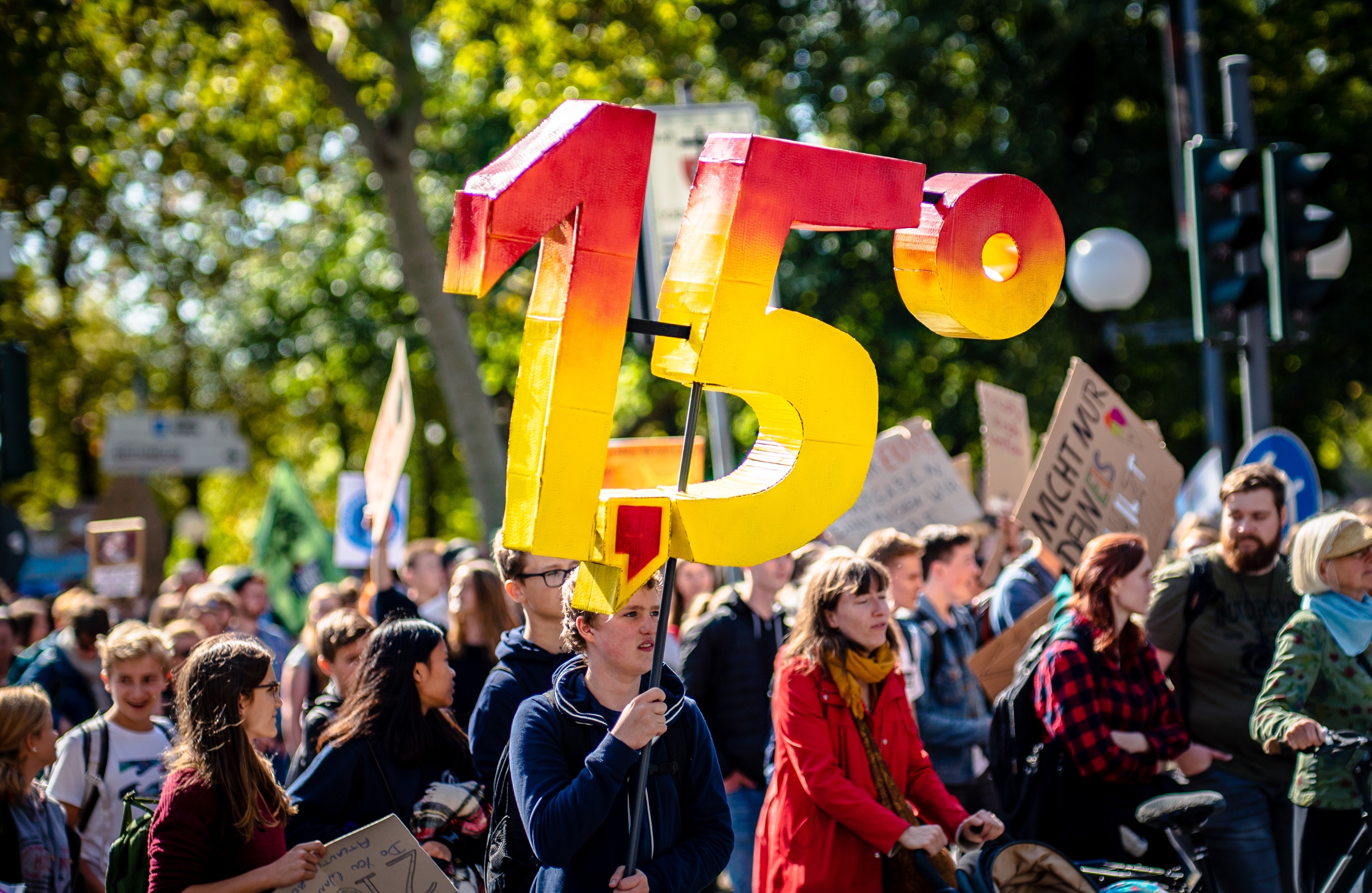Media release
From: World Weather Attribution, Imperial College LondonCurrent climate pledges could keep global warming below 2°C, but much greater action is needed to meet them
If fully implemented, current climate pledges will keep global warming below the 2°C Paris Agreement limit, but not the more ambitious target of 1.5°C, according to a study published today.
In 2015, the landmark Paris Agreement set a common goal for global climate action. A total of 196 countries signed up, agreeing to limit global temperature increase to well below 2°C above preindustrial levels by 2100 and to 1.5°C if possible. Since 2015, signatory countries have made a range of national pledges to meet the warming targets.
Published in Nature Climate Change, the study is the most comprehensive analysis of climate change pledges to date.
Led by the Basque Centre for Climate Change and including several Imperial College London researchers, the study used four different modelling simulations to estimate the effectiveness of near-term and long-term pledges to limit global warming.
The study looked at countries that have announced or adopted net-zero commitments by June 2022, representing 70% of global carbon emissions.
‘Net-zero’ refers to achieving an overall balance between emissions produced and emissions removed from the atmosphere.
Net-zero targets vary between countries. Both Europe and the United States have committed to net-zero by 2050, while other major emitters have committed to later targets, including China who have committed to net-zero by 2060 and India by 2070.
The study found that if fully implemented, current net-zero commitments will be enough to keep global warming to around 1.7-1.8°C by 2100 – in other words, arguably in line with the Paris Agreement’s “well below 2 °C” target, but not the more ambitious target of 1.5°C.
Another study published in 2021 found that previous net-zero targets could limit global temperature increase to 2.0-2.4°C, meaning that this latest study could indicate that progress is being made to avoid the worst impacts of climate change.
However, the authors caution that the pledges will only reach the target if they are fully implemented.
In addition to long-term net-zero targets, countries signed up to the Paris Agreement also have near- term targets to meet by 2030. The study warns that there is an ‘ambition gap’ between short and long-term targets, highlighting that a rapid acceleration in ambition is required to get on track towards the longer-term targets.
Dr Shivika Mittal, researcher at Grantham Institute – Climate Change and the Environment at Imperial College London, said: “Our study combines analysis of energy system changes as represented by a diverse range of models, with an assessment of how these changes compare across many different dimensions, to conclude that the Paris Agreement goal of limiting global temperature increase to well below 2°C remains possible.
“However, we also find that near-term actions are inadequate to put us on a credible pathway. As we approach the first Global Stocktake of the Paris Agreement, we have to face the fact that at a global level we aren’t doing nearly enough to get on track towards net-zero. Now is the time to walk the talk and rapidly implement the pledges.”
While many countries are on track to meet their 2030 pledges, most will need to significantly ramp up actions to meet long-term net-zero targets, which will likely involve considerable technological, land availability and socio-economic challenges.
These challenges include changing behaviours, managing the costs of a rapid transition and making sure carbon-intensive assets such as power plants and industrial manufacturing facilities that are built to last for decades are replaced with low-carbon assets as soon as possible.
The researchers note five key actions needed to reach net-zero: decarbonise electricity, electrify transport, electrify heating, decarbonise industry and increase energy efficiency.
Dr Dirk-Jan Van de Ven, lead author and researcher at the Basque Centre for Climate Change, said: “A number of studies have looked into the temperature implications of the latest 2030 Nationally Determined Contribution and longer-term net-zero pledges, all finding that – if met – the world could be on track for a below 2°C warming outcome. That’s theoretically good news, but making a net-zero pledge is not the same as achieving net-zero.
“That’s where the greatest challenges ahead will lie, as shown by our new analysis. Whether thinking about the required speed of technology deployment, the available land and water to support bioenergy and carbon sequestration, or the transition costs, the pace and scale of the required transformation is unprecedented across countries.
“We must all proceed in a rapid and determined manner.”
The study clearly outlines that all countries must realise their climate promises in a rapid and determined manner—the challenges to be faced by each country, however, upon delivering on announced pledges will not be homogeneous.
Dr. Alexandros Nikas, Senior Researcher at the National Technical University of Athens, said: “What is most interesting is that different major economies are up against largely different challenges in delivering on their shared goal of holding average global temperature increase to well below 2°C; that alone shows that there really is no one-size-fits-all policy or technological approach to ensuring that the Paris Agreement goal is kept alive around the globe.”
Dr Ajay Gambhir, Senior Research Fellow, Grantham Institute – Climate Change and the Environment at Imperial College London, said: “Scientists are sometimes accused of being too conservative in their analysis of climate change and the requisite actions to tackle it. We want our analysis to be part of a body of evidence that is used to remind politicians, businesses and civil society as loudly as possible that the goals of the Paris Agreement – one of the most critical international treaties in existence, designed to avoid a climate disaster – will be missed unless mitigation is vastly accelerated.”


